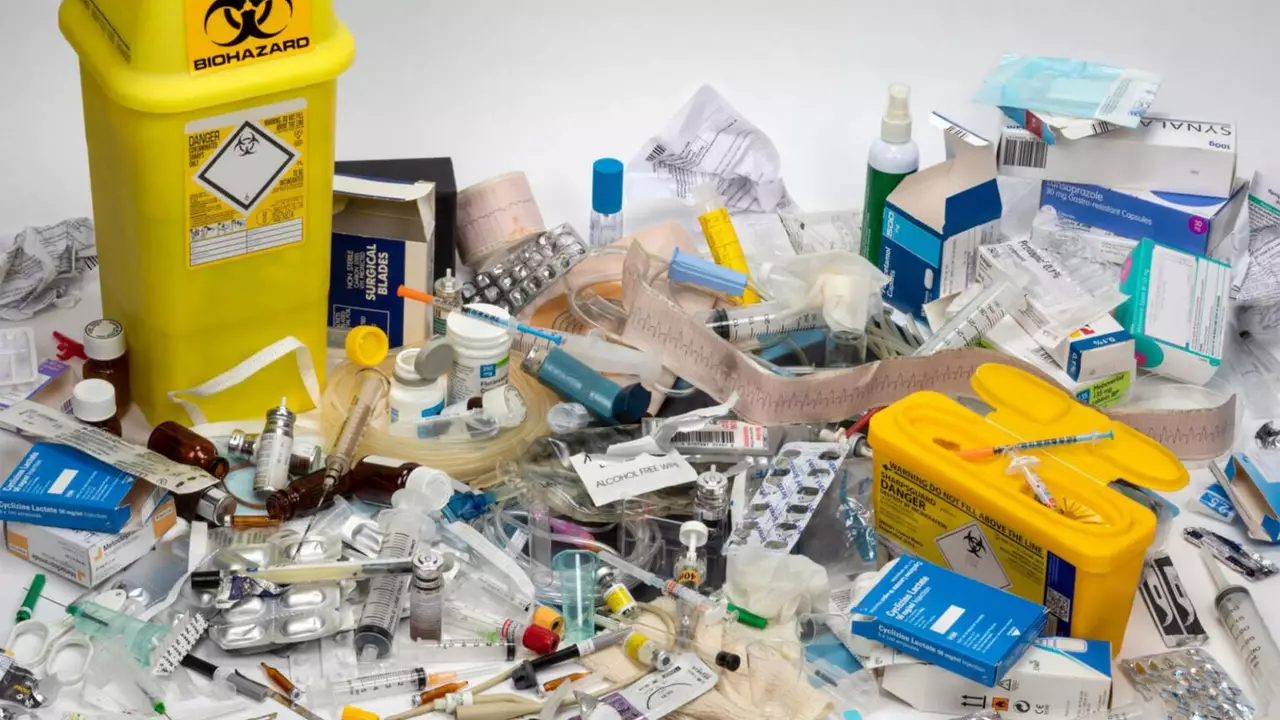Safe Disposal of Medications: Simple Steps to Protect Your Family and the Planet
Got pills you don’t need anymore? Tossing them in the trash or flushing them down the toilet seems easy, but it can harm kids, pets, and even water supplies. The good news is that getting rid of old meds safely takes only a few minutes and costs nothing.
Why Safe Disposal Matters
When medicines end up in landfills or sewers, they can leach into soil and streams. That means fish, wildlife, and even the water you drink could be exposed to powerful chemicals. On top of that, leftover prescriptions are a magnet for accidental poisonings—especially with curious toddlers around.
Improper disposal also creates a security risk. Unused opioids or stimulants left in an unsecured drawer can be misused by friends, family, or strangers. By disposing of meds the right way you cut down on misuse and keep your community safer.
Best Ways to Get Rid of Old Meds
1. Use a drug take‑back program. Many pharmacies, hospitals, and local police departments host periodic collection events. Just bring the medication in its original bottle, drop it into the sealed container, and walk away. No questions asked.
2. Drop boxes at authorized locations. If you can’t wait for a scheduled event, look for permanent take‑back kiosks. They’re often near big chain drugstores or community centers. The box is locked, so the meds stay safe until they’re destroyed.
3. Trash disposal with mixing. When a take‑back option isn’t nearby, you can throw pills away at home—but do it right. Scrape out the tablets or pour liquid medicines into a sealable bag, add coffee grounds, cat litter, or dirt, and seal it tightly. Then place the bag in your regular trash. The extra material makes the drugs unreadable and less likely to leak.
4. Flush only when the label says so. A handful of medicines—like certain opioids and hormonal pills—are marked as safe to flush if no take‑back is available. Check the patient information sheet; if it doesn’t say “flush,” don’t use the toilet.
5. Household hazardous waste (HHW) sites. Some cities treat meds like chemicals and accept them at HHW drop‑off points. Call your local waste authority to see if they handle pharmaceuticals.
Finding a nearby take‑back spot is easier than you think. A quick search for “medication disposal near me” on any map app will show the nearest pharmacy or police station offering this service. You can also call your pharmacist—they’re happy to point you in the right direction.
Before you toss anything, wipe off any personal info from prescription bottles. Remove the label if it shows your name, address, or medication details. This extra step protects your privacy while you’re cleaning out drawers.
Remember, safe disposal isn’t a one‑time chore. Whenever a prescription ends early, set aside the leftovers right away. Keeping a small bag in your medicine cabinet makes it easy to collect pills until you can drop them off at a take‑back box.
By following these simple steps you protect loved ones, keep drugs out of the environment, and do your part for public health. It only takes a minute, but the impact lasts much longer.

Tips for Storing and Disposing of Meclizine Safely
Finnegan O'Sullivan Jul 12 9In my latest blog, I've talked about how to store and dispose of Meclizine safely. Always remember to keep it in its original container, at room temperature, and away from moisture and heat. For the disposal part, never flush it down the toilet or drain; instead, use FDA-approved drug take-back programs. If these aren't available, mixing the medicine with an undesirable substance like coffee grounds in a sealed plastic bag can be a good alternative. Always keep children and pets in mind when storing and disposing of any medication.
More Detail